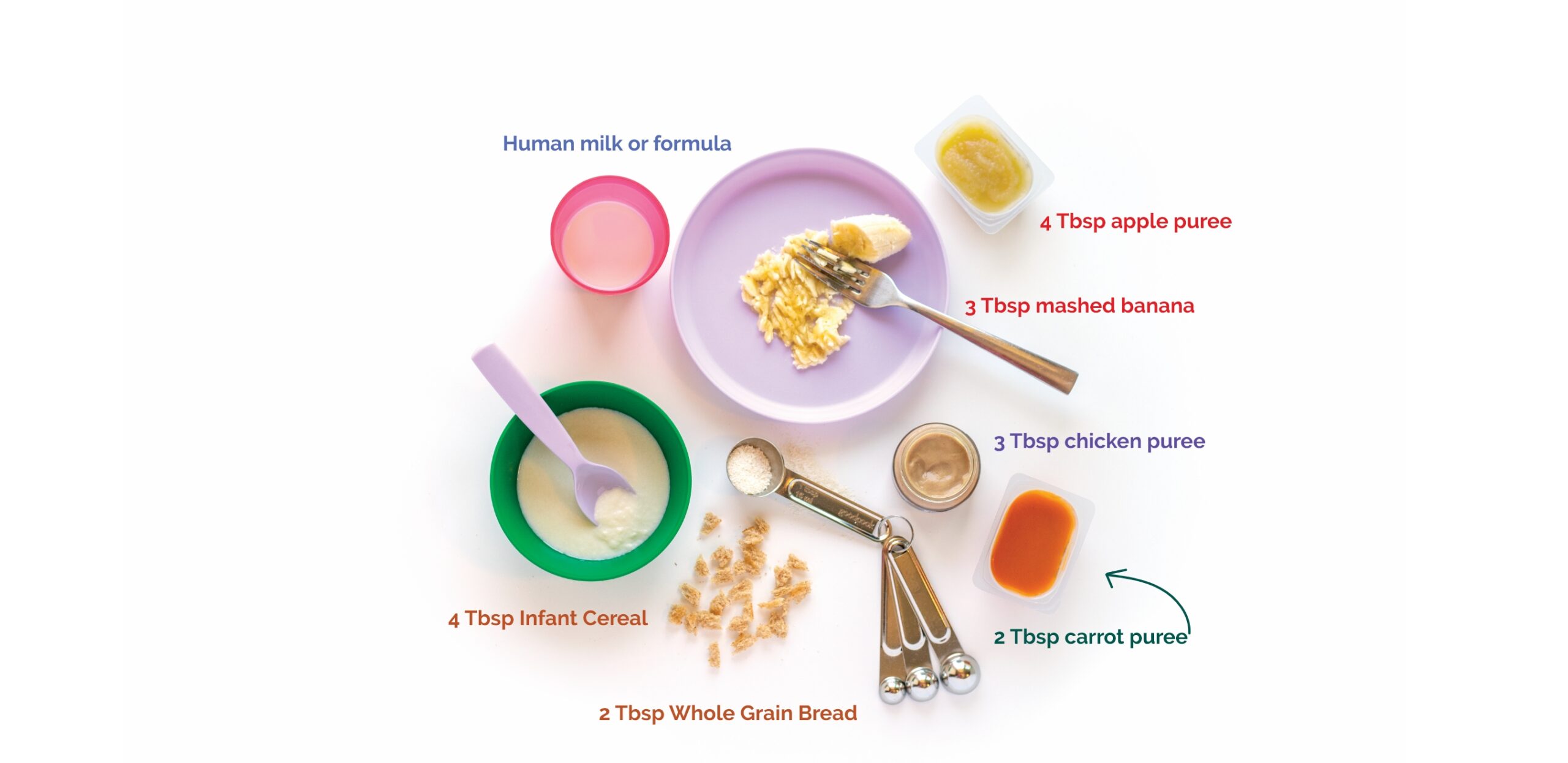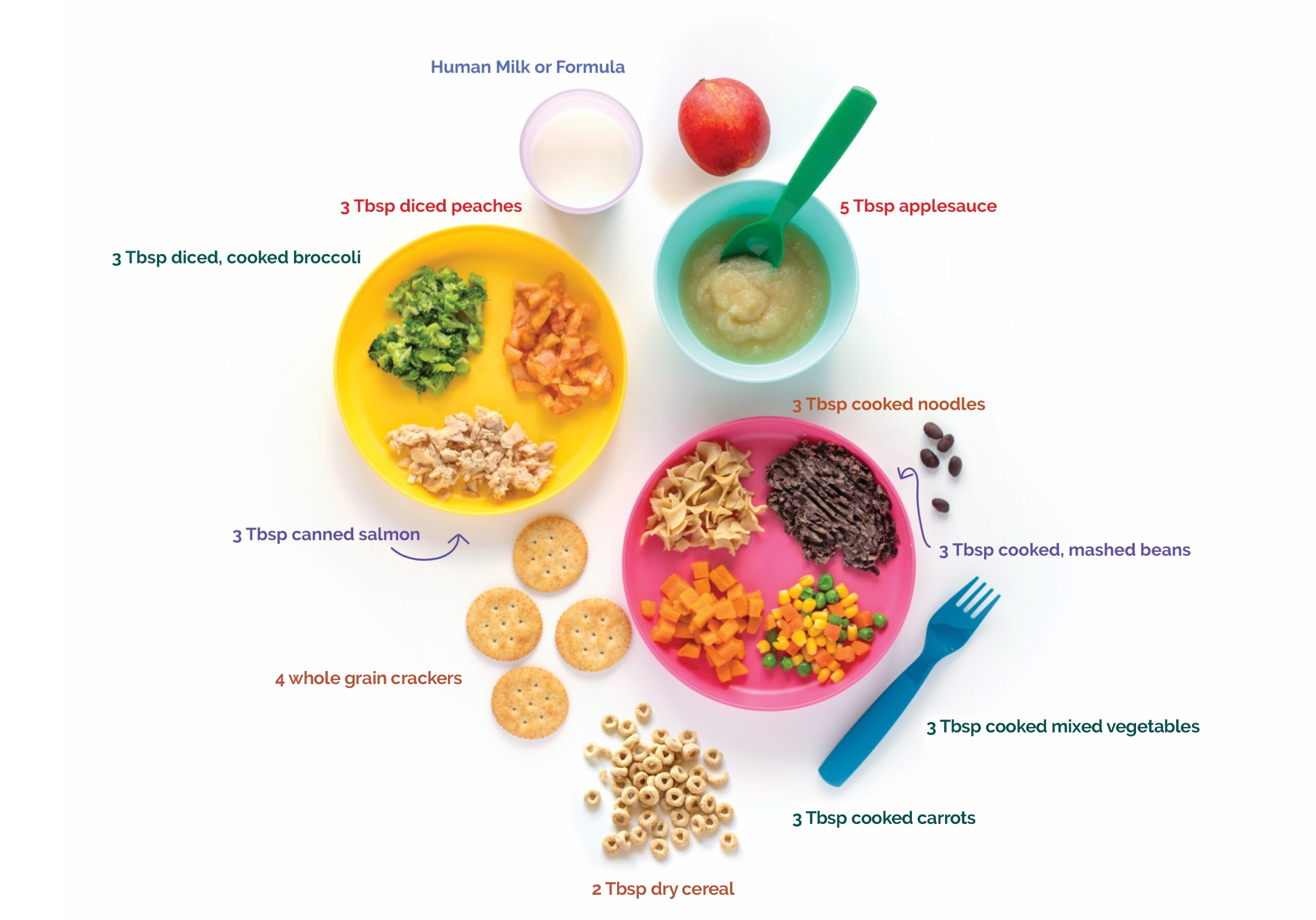
Help Your Child Grow & Learn with Memorable Moments
- Home
- Live Well Blog
- Help Your Child Grow & Learn with Memorable Moments
Babies and toddlers grow and learn every day. The little moments you share with your child can make a big difference in their development. From morning time to bedtime, every moment is a chance to help your child grow and learn.
memorable moments with your child.
Sing Songs and Rhyme Rhymes
Singing with your child helps them learn and grow. When you sing a song together, you’re helping them build a strong and healthy brain by learning new words, rhythms, and sounds. It builds their memory and helps them feel connected to you. Plus, singing and rhyming boost their language and listening skills, which are key for learning to speak and read later on.
Answer All Their Questions
Children love to ask questions. When you respond, even if you don’t know the answers, you’re still helping them learn and grow. Responding to their questions helps build their thinking and problem-solving skills. It also teaches them that their curiosity is valuable, which encourages them to keep exploring and learning. The back-and-forth conversation helps them learn how to communicate, which is an important life skill.
Try It!
Give Hugs and High-Fives
When a child reaches out for affection, and you give them a hug or high-five, you’re doing more than being kind, you’re helping to build their brain. Physical affection helps your child feel loved and secure. It also releases chemicals in their brain that promote emotional well-being and help reduce stress. This helps them feel safe and happy, which supports healthy brain development.
Try It!
Have Skin-to-Skin Contact
Skin-to-skin contact helps regulate your baby’s body temperature, heart rate, and breathing. It also strengthens the bond between you and your baby, which helps them feel safe and secure. Feeling loved and protected is essential for their emotional development.
Try It!
Give Them Kuddos
Tell your child they are doing a “good job” when they play nicely with others or listen to something you asked them to do. Positive reinforcement helps your child understand what good behavior looks like. When they know what makes you proud, they’re more likely to repeat those actions. This builds their confidence and self-esteem, which are important for their emotional and social development.
Try It!
Make Waiting Times, Learning Times
If you’re waiting for a bus, to see the doctor, or in a line, use the time to chat with your child. When they ask you a question, it’s like they’re kicking you a ball. When you respond, you’re kicking that ball back, just like a game of soccer. This back and forth helps them learn and grow. Using waiting time for conversation helps keep your child’s mind active. It also teaches patience and makes them feel like they have your attention, even when things are slow. These moments can turn into opportunities to learn new words, practice counting, or develop problem-solving skills.
Try It!

REFERENCES:
The American Academy of Pediatrics (AAP) emphasizes that singing and rhyming with babies help them develop language and cognitive skills, improving their ability to listen, communicate, and eventually read.
AAP’s “Read, Sing, Play” campaign:
[HealthyChildren.org] (https://www.healthychildren.org)
According to the Centers for Disease Control and Prevention (CDC), responding to your child’s questions and talking with them is crucial for language development and helps them learn how to express their thoughts.
CDC’s “Positive Parenting Tips”:
[CDC.gov] (https://www.cdc.gov/ncbddd/childdevelopment/positiveparenting/)
Research highlighted by the National Institutes of Health (NIH) shows that physical touch, especially skin-to-skin contact, supports emotional regulation and strengthens the bond between a parent and child, which is critical for brain development.
NIH article on the importance of touch: [NIH.gov] (https://www.ncbi.nlm.nih.gov/)
The CDC explains that positive reinforcement, like praise, helps children learn appropriate behaviors and develop confidence. It encourages them to repeat actions that receive positive feedback.
CDC’s “Essentials for Parenting Toddlers and Preschoolers”:
[CDC.gov] (https://www.cdc.gov/parents/essentials/)
The U.S. Department of Education encourages parents to use everyday moments to talk, listen, and engage with their child, which supports early literacy and cognitive development.
U.S. Department of Education’s “Talk, Read, and Sing Together Every Day!”:
[Ed.gov] (https://www.ed.gov/early-learning/talk-read-sing)























